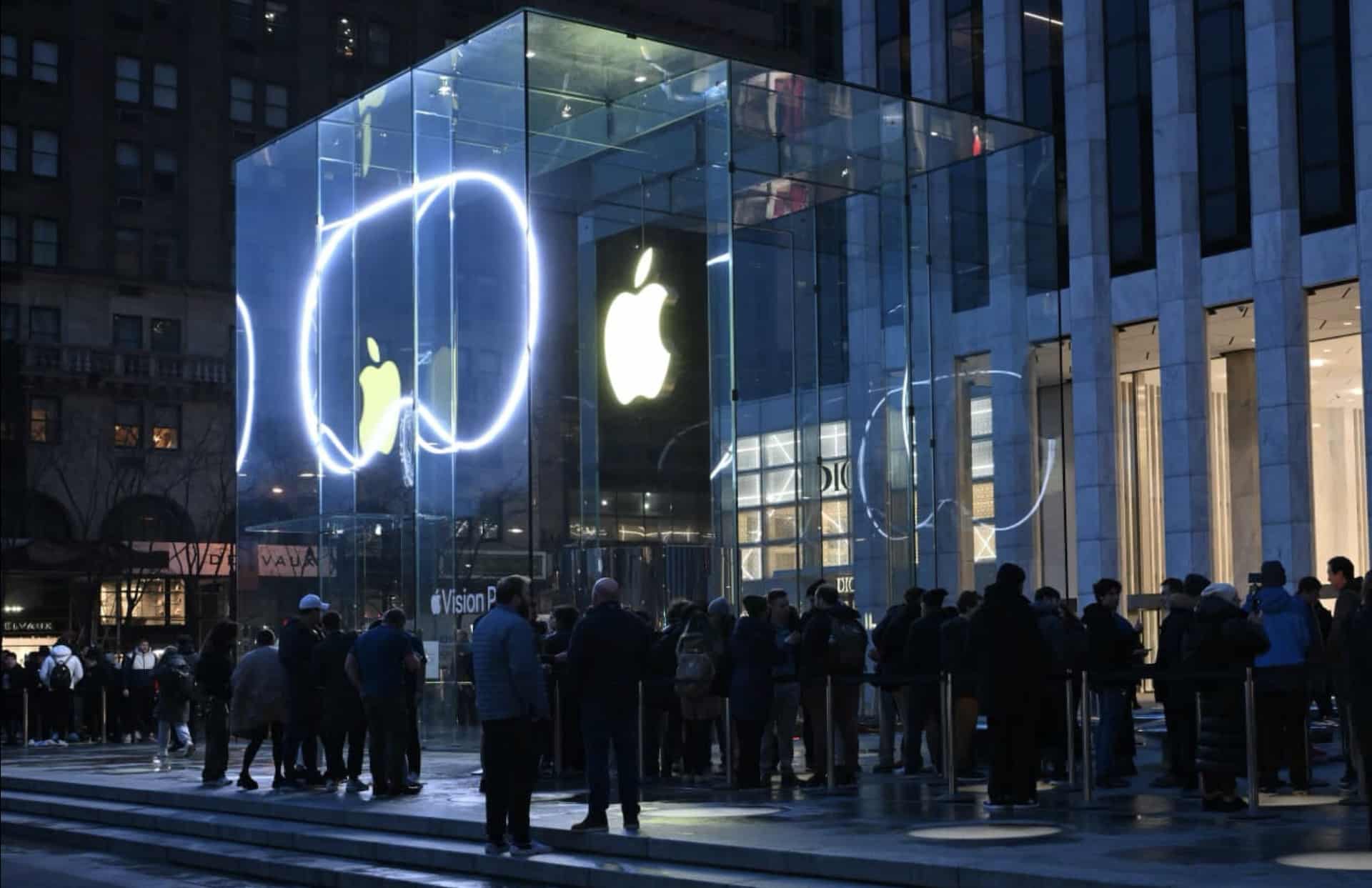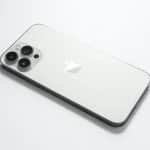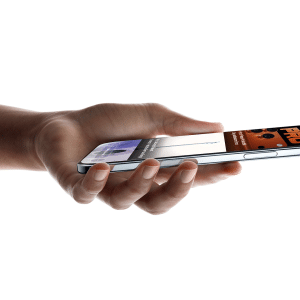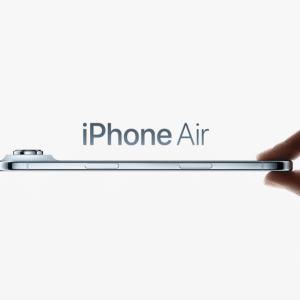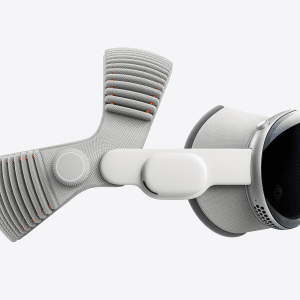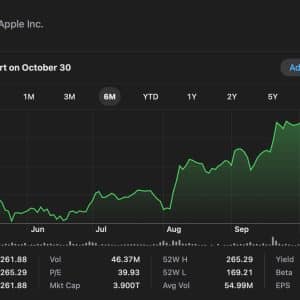Market intelligence company IDC has been closely monitoring the sales trajectory of Apple’s Vision Pro mixed-reality headset in the US. According to their latest data, sales are projected to decline by a staggering 75% this quarter.
The Vision Pro, which costs $3,500, has struggled to gain significant traction since its US launch in February. To date, it has not exceeded 100,000 units sold in any quarter.
IDC’s analysis suggests that the device will fall short of reaching 500,000 sales within its first year, indicating that most early adopters who were interested in the product have already made their purchases.
Sales Analysis & Future Prospects
IDC uses extensive data collection methods, including large-scale consumer and business panels, to estimate unit sales of Apple products. These estimates are scaled up to reflect the broader US population. Bloomberg reports that IDC’s current estimates paint a bleak picture for the Vision Pro’s immediate future in the domestic market.
The initial surge in sales appears to have been driven by early adopters, with subsequent sales dwindling to a trickle. This trend is expected to continue unless Apple introduces a more affordable model. IDC predicts that a cheaper version of the Vision Pro, potentially priced around $1,750, could reignite consumer interest. However, even with a lower-cost model, substantial sales growth may not materialize until 2025.
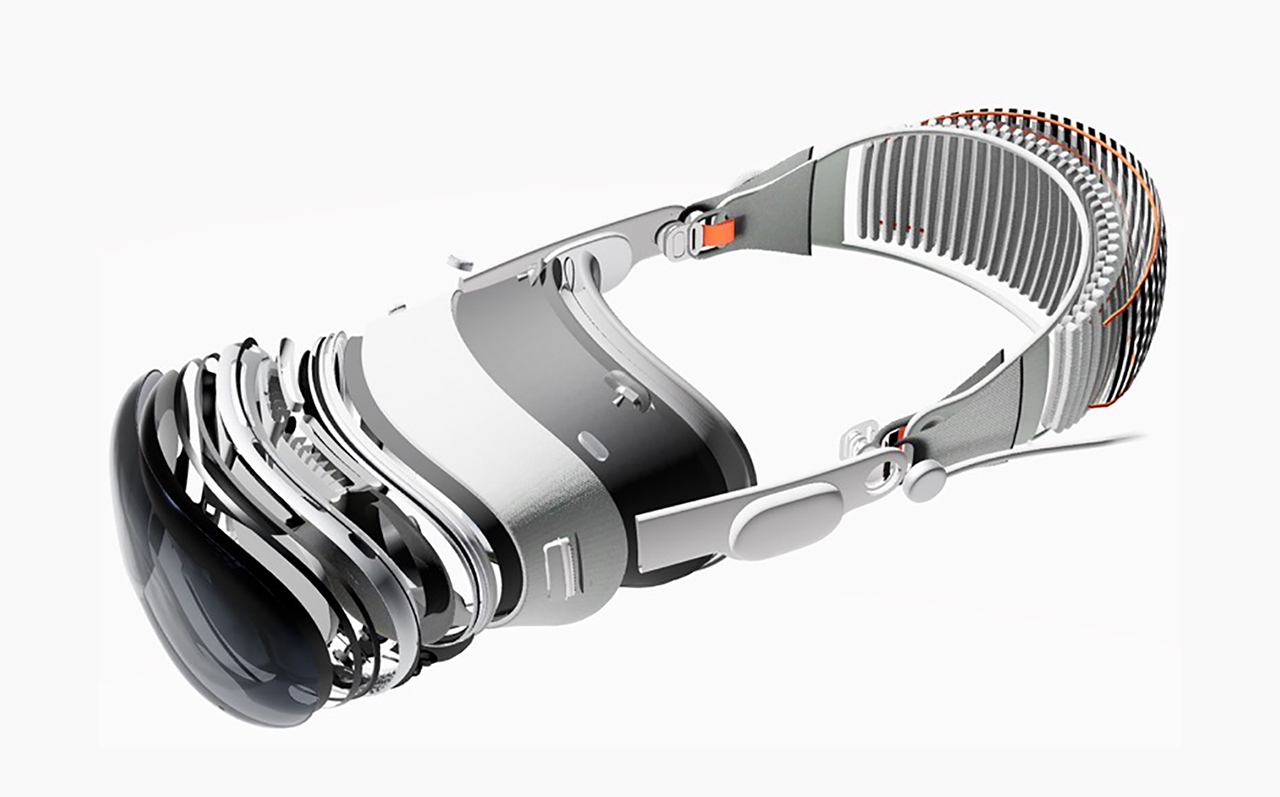
International Sales & Strategy Shift
While US sales are waning, Apple hopes to bolster Vision Pro sales through international markets. Last month, the Vision Pro became available in three additional countries, with plans to launch in five more this month. These international sales may help offset the declining US figures to some extent.
The Need for a Cheaper Model
Apple’s internal expectations for the Vision Pro appear to have been unmet. Reports suggest the company has shelved plans for a second-generation Pro model, opting instead to focus on developing a lower-cost, consumer-friendly version.
To achieve broader market appeal, industry analysts believe a new Vision Pro model would need to be priced at approximately $1,500. However, Apple faces challenges in reducing manufacturing costs to meet this price point. One proposed cost-cutting measure is to eliminate the EyeSight front display, which many view as an unnecessary feature.
Another potential strategy under consideration is to introduce a tethered version of the Vision Pro, which would rely on a Mac for processing power. This approach could lower costs and make the device more accessible to a wider audience. British technology writer Ben Lovejoy has argued for 9to5Mac that this compromise would be acceptable, and it appears that many consumers share this view.
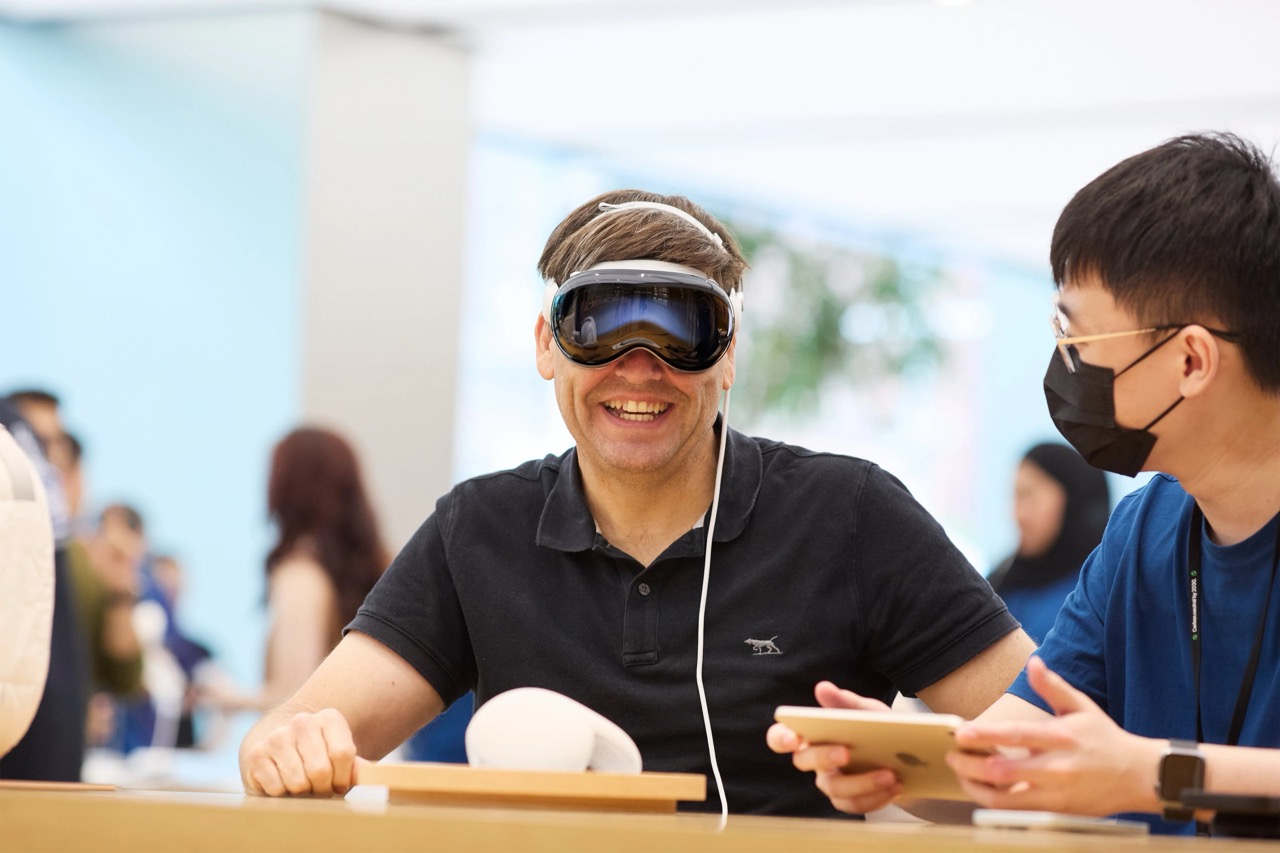
The Vision Pro’s journey in the market has been tumultuous, with initial enthusiasm giving way to a sharp decline in sales. IDC’s forecast underscores the need for Apple to pivot its strategy and introduce a more affordable version of the mixed-reality headset to sustain consumer interest and drive future growth.
The success of this endeavor will likely hinge on Apple’s ability to balance cost reductions with maintaining the quality and innovation that its products are known for.
